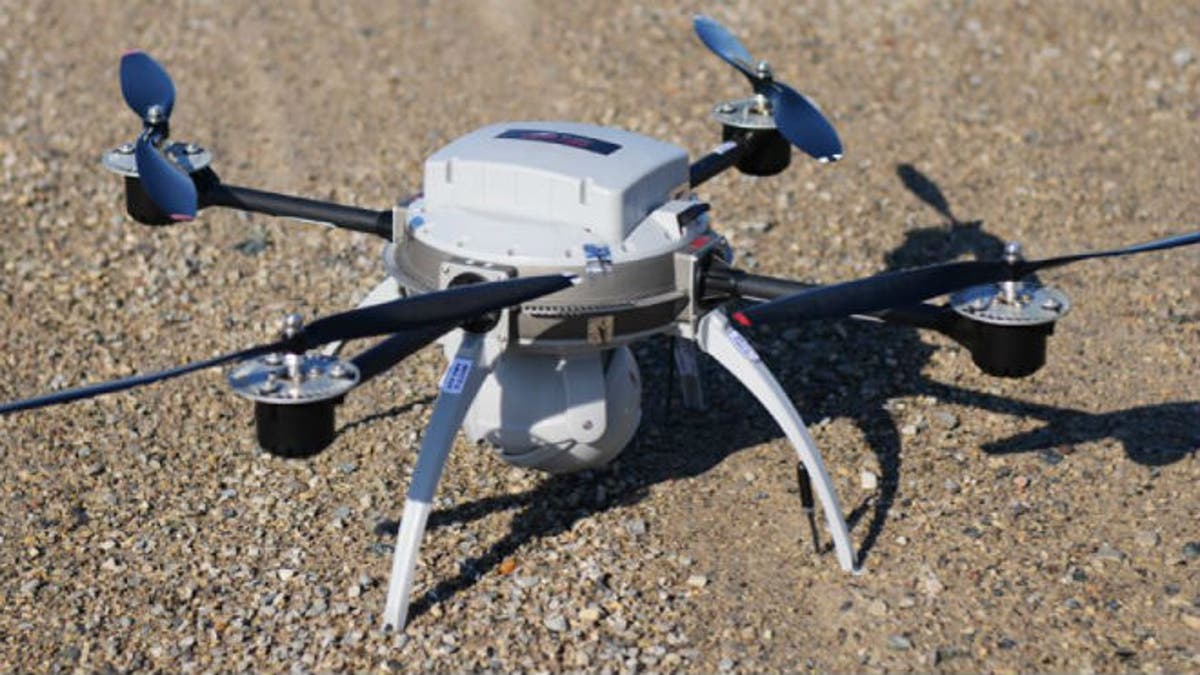
(Reuters)
Unmanned aerial vehicles could one day be used to help deliver medical aid and other necessities to needy individuals in hard-to-reach areas.
Compact aerial drones have not been widely used by American physicians and other medical providers, partly because the new technologies remain taboo and regulations have not caught up to them. But some doctors say drones could become a cost-effective way to care for patients miles away from them.
Dr. Jeremy Tucker, an emergency physician at MedStar St. Mary's Hospital in Leonardtown, Maryland, believes drones could be safely used to deliver compact items such as vaccines, pills and even water to the seriously ill in remote areas.
“The earliest health applications for drones will be for disaster relief,” Tucker told Reuters Health. “The benefit of delivering care via drone is that you don’t need a landing zone. You can deliver supplies right to the people who need them.”
Tucker, who has never piloted a drone, said using them to help fight the spread of infectious diseases could help familiarize doctors and older patients with them.
“People are all worried about Ebola right now; you could fly in medications, supplies right to the areas needed,” he added. “What I envision in the future: someone in charge of disaster relief could summon a mobile clinic, and basically with the push of a button, have mobile drones dropping off supplies, like tents and water.”
In suburban areas, Tucker said they could be used to deliver care to individuals in crowded areas, such as shopping malls or apartments.
Palo Alto- and London-based Matternet is a start-up company working to build a drone-based delivery system for individuals in low-income countries without access to proper roads. Paola Santana, the company’s chief regulatory and strategy officer, said their drones could be a cost-effective alternative to transport trucks.
Matternet drones weigh less than 10 pounds and can carry more than half their own weight for miles.
The name of the company – Matternet - refers to a network for transporting matter.
“We started to think about moving stuff that was very important, that could save lives,” Santana told Reuters Health. "We thought about moving very small, health-related payloads such as diagnostics, medicine and clinical supplies and creating a network with that."
Matternet expects to launch medical drones in cooperation with nonprofit organizations in other countries as early as next year. Santana said the Federal Aviation Authority has not granted them permissions to fly their drones in U.S. airspace, causing them to experiment elsewhere.
"We had to go to areas where the need was very high and the risk was very low," she said. "Every new technology faces this."
Asked about privacy concerns and patient safety, Santana said Matternet has developed safeguards for their drones, including the ability to shut them down if hijacked. Their drones are designed to fly only to and from pre-programmed landing spaces.
"We have the overview of everything that is being moved in the system, that way we can track and monitor every vehicle," she said. Most vehicles will fly at about 400 feet, or about 40 stories high.
In 2012, Matternet carried out their first field trials throughout the Dominican Republic and Haiti. They successfully delivered small packages to a camp in Port-au-Prince that was set up after the devastating 2010 earthquake. More recently the company has tested its drones in Bhutan.
Flying model aircrafts and drones for recreation does not usually require FAA approval, but flights for commercial operation require certified aircrafts, licensed pilots and operating approval, an FAA spokesperson told Reuters Health. Proposed rules for drones less than 55 pounds are expected to be released later this year.




















